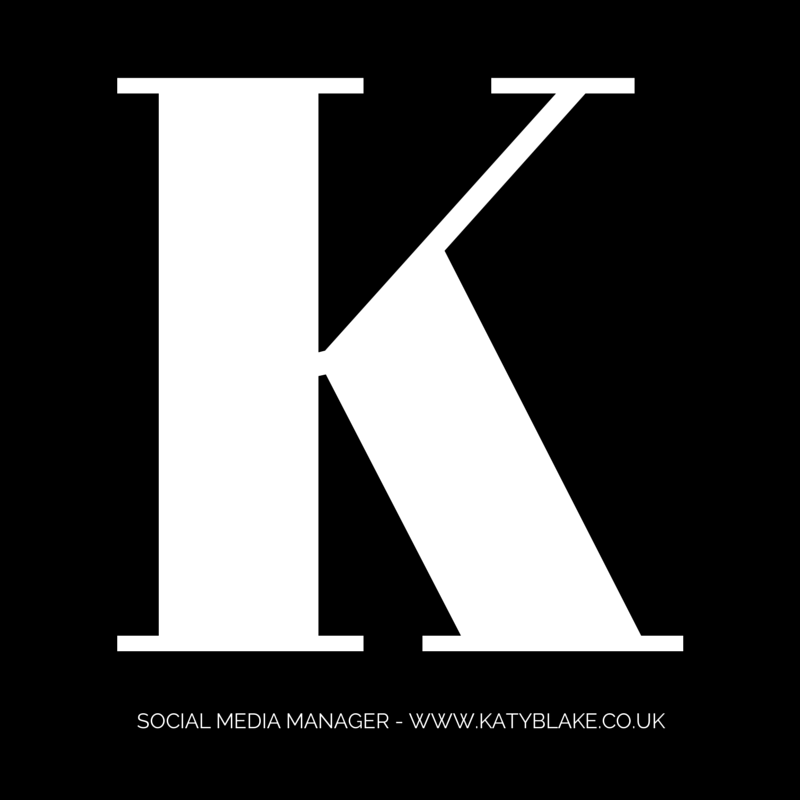When you log in to Facebook, there are 1,500 stories that you could be shown.
If you’ve got a lot of friends and family, or you’ve liked a lot of pages, that could increase to 15,000.
Of course, Facebook doesn’t make all of those posts available to you. They know that you won’t be interested in some of it, and you’ll likely leave the website long before you’ve consumed even 25%. That’s why they’ve created a more intelligent newsfeed, with the aim of only showing you posts that you are likely to be interested in.
With this newsfeed, you are likely to see a maximum of 300 stories when you log in, and they’ll have been pre-selected to ensure that they are the posts that you want to see.
What does this mean for content creators?
While this sounds like good news to Facebook users, it’s caused some drama for brands and businesses on Facebook. The average post on Facebook is now seen by 4.5% of your fanbase – which isn’t very much. Last October, that same post would have been seen by 55% of your audience.
How does Facebook decide what to show?
While some of the metrics that Facebook uses have not been disclosed, the following are all used as metrics:
- A users internet speed and device. If your content is a long HD video, it probably won’t be shown to people on a slow internet connection.
- A users favourite post types. Engage with images more than text? Expect to see more photo posts. Love videos? Your newsfeed will adapt to that, too.
- Which posts a user doesn’t like. If a similar post has been hidden as spam, your post is unlikely to show.
- Engagement with Facebook Ads. If a user has engaged with one of your adverts, or a similar advert, your post is more likely to show.
The old Edgerank system has also been built into the newsfeed, namely via these metrics:
- Affinity. How much does a user engage with your page. The more engagement you get, the better your relationship is ranked, and the more content your user will see.
- Weighting. Facebook weights different post types. At the moment, photos are thought to be preferred to text posts, for example. This changes fairly regularly.
- Decay. How old is your post? Older posts are seen to be less relevant, so are unlikely to show. The exception is posts which get a large amount of ongoing engagement – such as a comment debate.
Should we ditch Facebook?
When Facebook first announced these changes, there was a big debate over whether companies who didn’t have Facebook promotion in their budgets should leave the platform.
However, lower reach isn’t necessarily a bad thing. Reach has no direct correlation with important, trackable statistics such as leads, visits or purchases.
Don’t leave Facebook purely because your organic reach has decreased. Instead, work out whether it has had any affect on your actual aims and objectives, and make a decision from there.
How can we improve organic reach?
There are a few key ways that organic reach can be boosted. Try these techniques, and see how they affect how many people see, and engage with, your posts.
- Be open. Sharing a “behind-the-scenes” view of your company is interesting to customers, and has become a winning tactic for Fortune 500 companies.
- Be positive. Have a cheerful tone of voice, and share good news. Bring some sunshine into your customers day.
- Work out your own peak time. Don’t choose times because everyone else seems to post then – that means your post has more competition. Posting “off-peak” can give your post a better chance of being seen.
- Use original content wherever you can. Don’t leave home without a camera, and cover everything!
- Ask questions. Don’t use this tactic to sneakily share links, though – it’s aim is to engage your audience and increase interaction, not to promote your brand. Talk to your customers as people, and your reach could shoot up.
- Post images that are self-explanatory. They should catch the eye, and encourage people to hit that ‘Like’ button. It’s worth investing in excellent imagery to help you stand out!
- Jump on current trends, and see how your audience response. Flashback Friday, for example, is pretty easy for most companies but can have excellent results.
Remember that on Facebook, your competition isn’t just your industry rivals. It’s your customers’ friends, family and colleagues. To stand out, you’ll have to do more than just sell.
Have you found any great ways to increase organic reach? Let me know in the comments!
